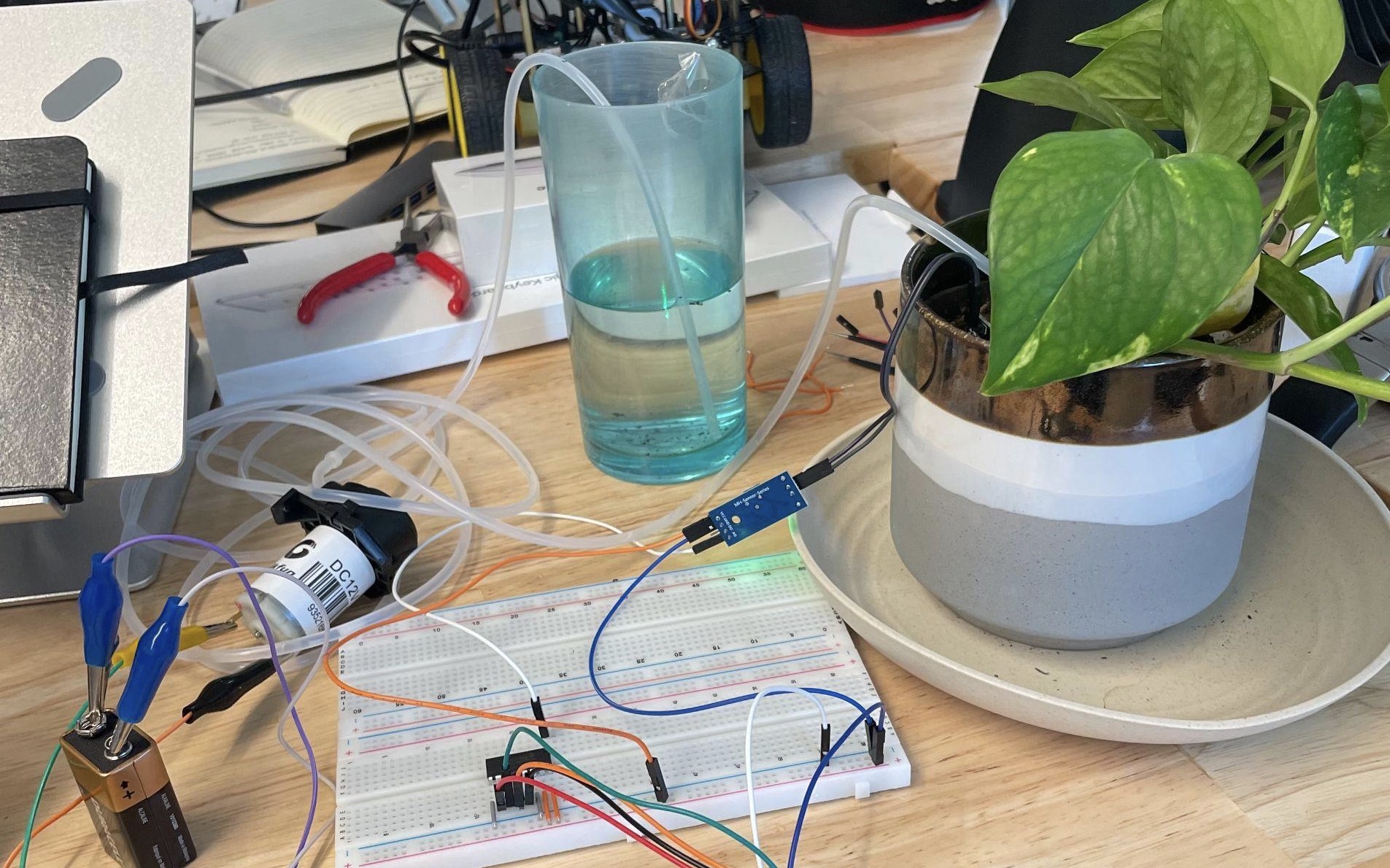
How to use an AT Robot in simple projects?
Are you ready to take your projects to the next level with an AT robot? Whether you’re a beginner or an experienced maker, incorporating an AT robot can add a whole new dimension to your creations. In this guide, we’ll walk you through the basics of using an AT robot in simple projects.
1. Understand the capabilities of an AT robot
Before diving into using an AT robot, it’s important to understand what it can do. An AT robot is a versatile and programmable platform that can perform a wide range of tasks. From moving objects to sensing the environment, an AT robot can be customized to fit your specific project needs.
2. Choose the right AT robot for your project
There are many different AT robots available on the market, each with its own set of features and capabilities. Before starting your project, make sure to choose the right AT robot that aligns with your project requirements. Consider factors such as size, weight, power source, and communication interface.
3. Learn how to program your AT robot
Programming is a crucial skill when it comes to using an AT robot in projects. Most AT robots can be programmed using a variety of programming languages, such as C, Python, or Scratch. Take the time to familiarize yourself with the programming environment of your chosen AT robot to unleash its full potential.
4. Start with simple projects
When using an AT robot for the first time, it’s best to start with simple projects to get a feel for its capabilities. Begin by programming the AT robot to perform basic tasks, such as moving in a straight line or detecting obstacles. As you gain more experience, you can gradually increase the complexity of your projects.
5. Experiment and iterate
One of the best ways to learn how to use an AT robot is through experimentation. Don’t be afraid to try out new ideas and approaches in your projects. If something doesn’t work as expected, iterate on your design and make improvements. The process of trial and error is key to mastering the use of an AT robot.
6. Seek inspiration and resources
There is a wealth of resources available to help you learn how to use an AT robot in projects. From online tutorials to community forums, take advantage of these resources to expand your knowledge and skills. Additionally, seek inspiration from other makers and enthusiasts who have successfully incorporated AT robots into their projects.
7. Share your projects with others
Once you’ve completed a project using an AT robot, don’t forget to share your work with the world. Whether it’s through social media, maker fairs, or online platforms, sharing your projects can inspire others and foster a sense of community. Who knows, your project may even spark new ideas and collaborations!
8. Conclusion
Using an AT robot in simple projects can be a rewarding experience that opens up a world of possibilities. By understanding the capabilities of an AT robot, choosing the right platform, learning how to program, starting with simple projects, experimenting, seeking inspiration, and sharing your work, you can take your projects to the next level. So, what are you waiting for? Start exploring the exciting world of AT robots today!
Was this helpful?
0 / 0